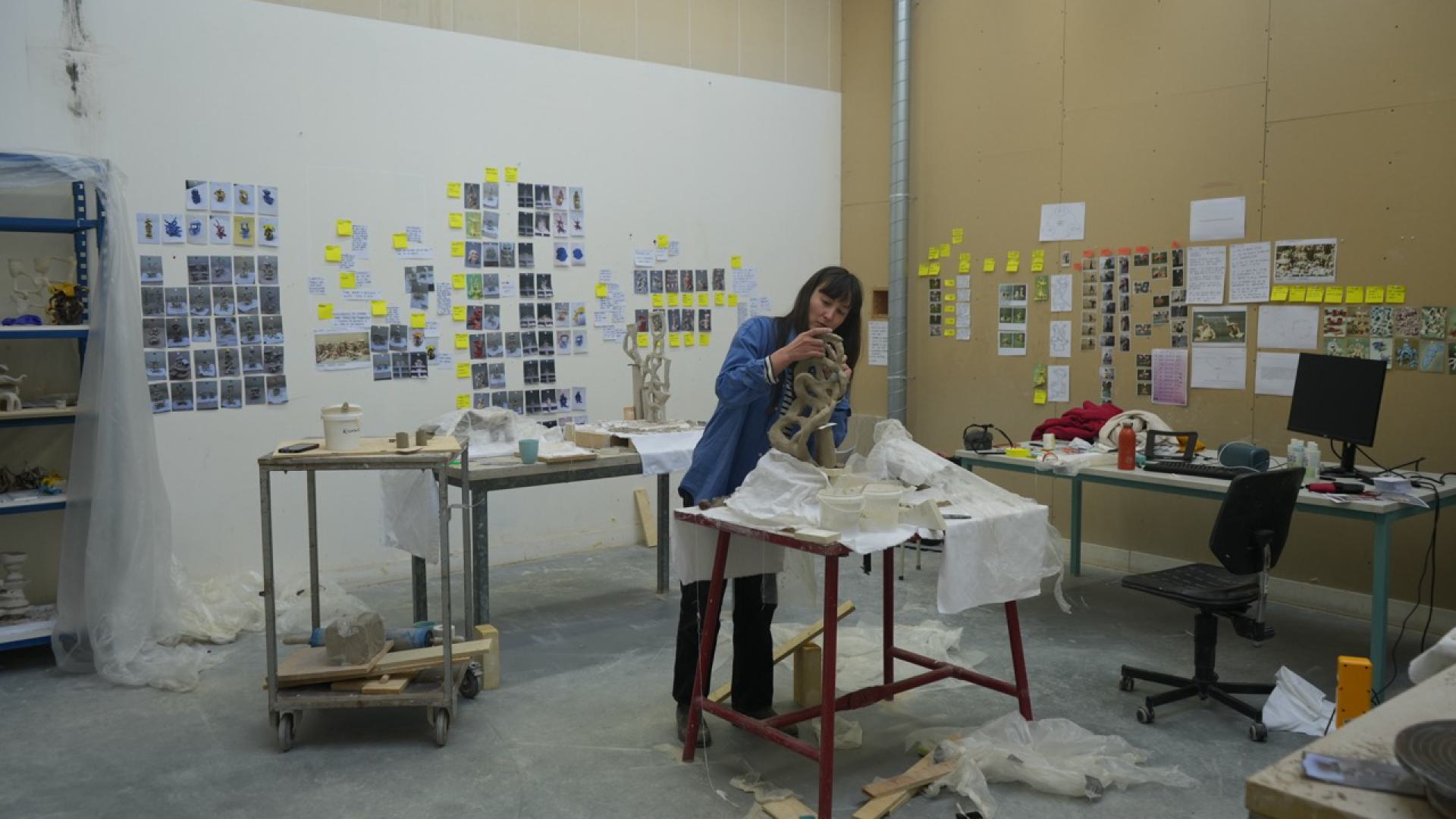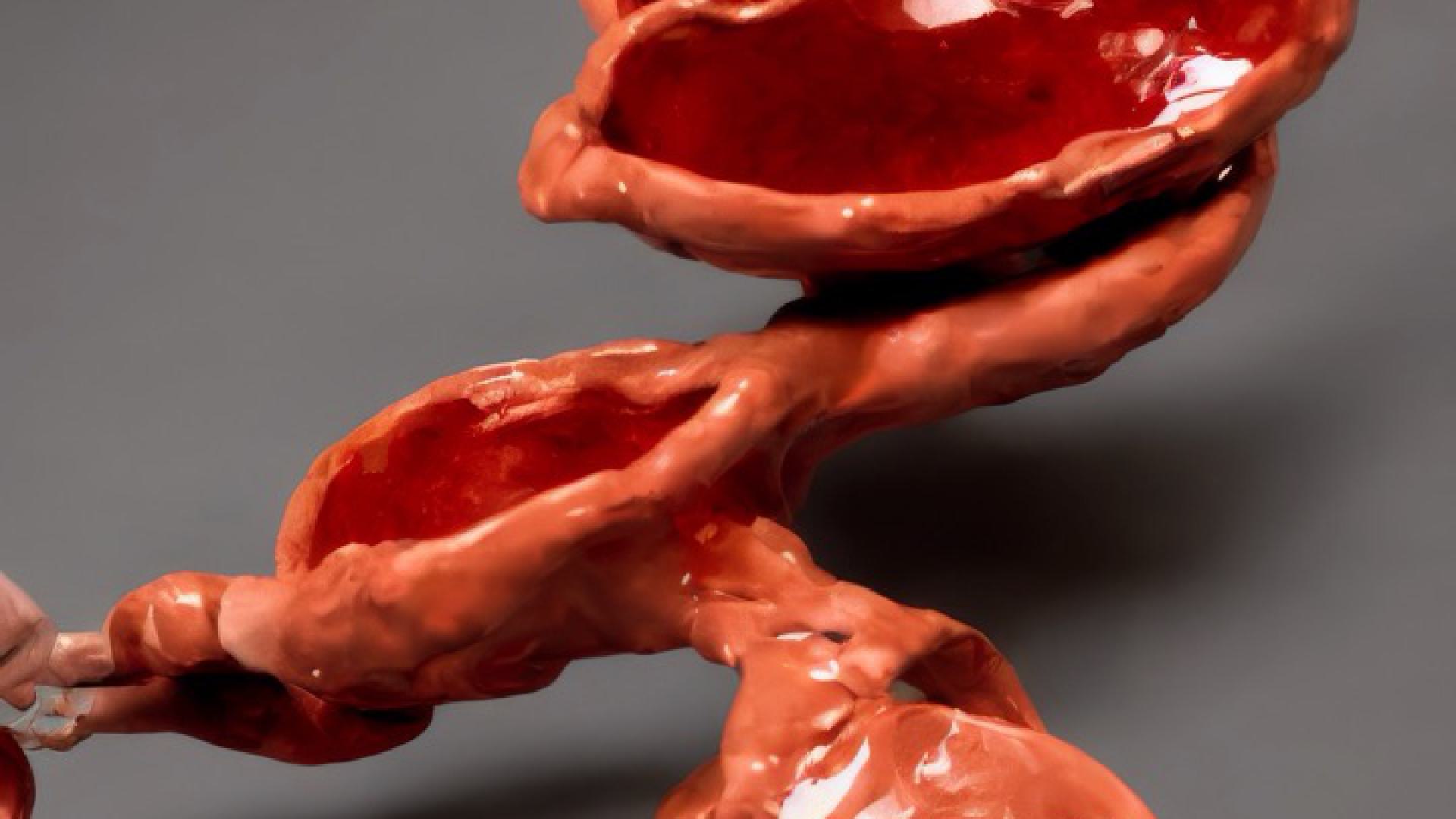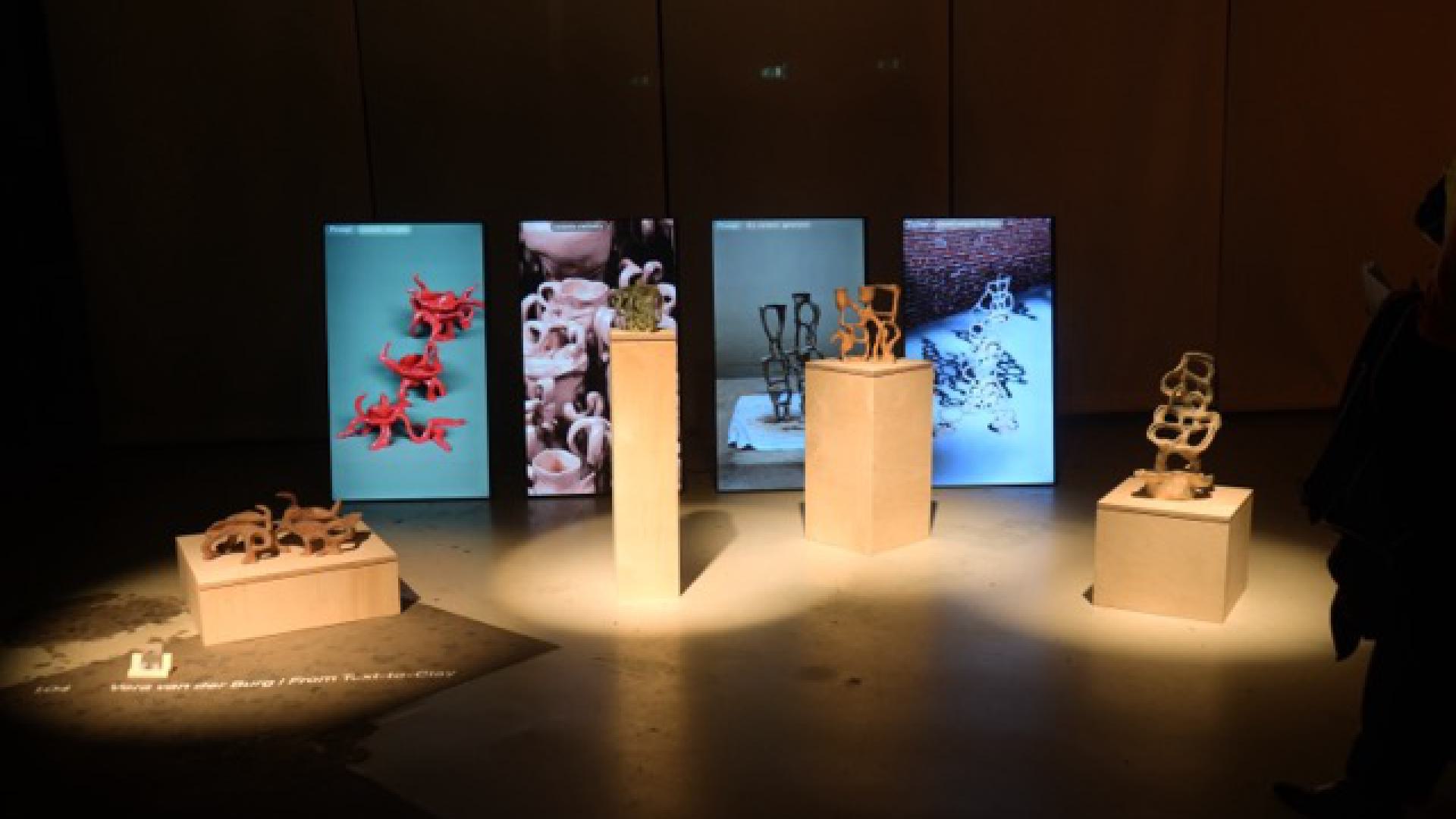Learning to Work with Material Agency of Ceramics & AI
What can an ancient craft like ceramics teach us about artificial intelligence? For centuries, working with clay has taught practitioners a lesson in humility: you do not master it, you collaborate with its agency. Clay cracks, glazes run, and forms warp according to a logic of their own. We approach AI, however, with an opposing desire for control and predictability. We treat its inconsistencies as errors to be fixed, not as inherent material qualities to be understood. This project began with a question: what if we approached AI with the same wisdom we afford clay, embracing its unpredictability not as a flaw, but as a collaborator with a will of its own?
A Material Dialogue
To explore this interaction of two opposing materials, I created a dialogue between my past and a potential future. I trained an image generation model on a personal archive of my ceramic work, annotating each piece not with objective descriptions, but with emotions and memories. Prompting it with abstract phrases like “ceramic jealousy,” the AI generated sculptures that, while visually convincing, had no concept of gravity or physics. Instead of correcting these impossible forms, I treated them as invitations to push the boundaries of my own craft. This circular process—from clay to data, and back again—produced sculptures that occupy a strange and beautiful space between the authentic and the artificial: artifacts of a negotiation between my own hands and the AI’s weird logic.
Slow and Reflective AI as Creative Practice
This project uses the deliberate pace of ceramics as a counterpoint to the immediacy of generative AI, giving rise to what I term a "slow and reflective AI design practice." Here, the goal shifts from optimizing outputs to cultivating a process of craft. Each sculpture stands as evidence of a negotiation between computational logic and the material agency of clay. Ultimately, this work suggests that a meaningful relationship with AI may require less of the speed we currently demand, and more of the patience, acceptance, and material wisdom that crafts like ceramics have taught for centuries.
 Free wifi available
Free wifi available
 Toilets available
Toilets available
 Fully wheelchair accessible
Fully wheelchair accessible
 Wheelchair friendly toilet available
Wheelchair friendly toilet available


